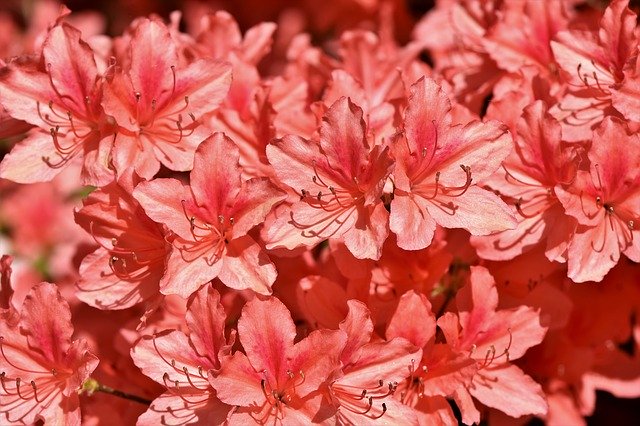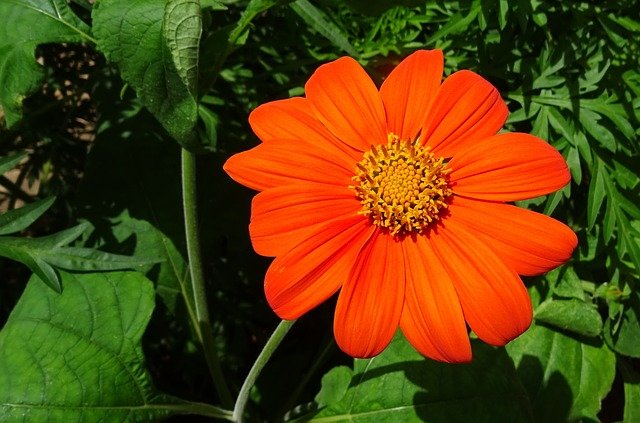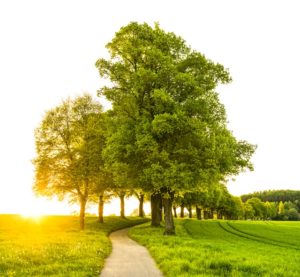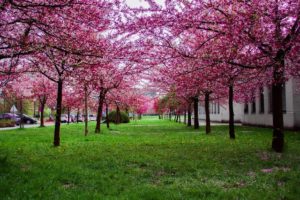This snippet has been taken from “Tree & Shrub Gardening For Northern California by “Bob Tanem Don Williamson”. Purchasing woody plants is beneficial as it produces wood as its structural tissue and thus has a hard stem. “Emergency Tree Removal Service” furnishes information on such woody plants
Now that you have thought about what sorts of features you like and what range of growing conditions your garden offers, you can select the plants. Any reputable garden center should have a good selection of popular woody plants. Finding more unusual specimens may require a few phone calls and a trip to a more specialized nursery.

Many garden centers and nurseries offer a one-year warranty on trees and shrubs, but because trees take a long time to mature, it is always in your best interest to choose the healthiest plants. Never purchase weak, damaged or diseased plants, even if they cost less. Avoid the ‘I want to take it home and make it well’ syndrome. Examine the bark and avoid any plants with visible damage. Observe the leaf and flower buds. If they are dry and fall off easily, the plant has been deprived of moisture. The stem or stems should be strong, supple and unbroken. The root ball should be soft and moist when touched. Do not buy a plant with a dry root ball. The growth should be even and appropriate for the species. Shrubs should be bushy and branched to the ground. Trees should have a strong leader. Selecting a healthy tree or shrub will give it the best chance in your garden.
Woody plants are available in three forms.
Bare-root stock has roots surrounded by nothing but moist saw-dust or peat moss, with or without a plastic bag. Non-packaged are usually a better choice, because they have a larger root system. The roots must be kept moist and cool and planting should take place as soon as possible. Bare-root stock is the least expensive way to purchase plants of the three forms, and it is available in Northern California from mid-December to mid-March. Shrubs from mail-order companies usually come this way.
Balled and bur-lapped (B & B) Stock comes with the roots surrounded by soil and wrapped in burlap, often secured with a wire cage for larger plants. The plants are usually field grown and then balled and bur-lapped the year they are sold. It is essential that the root ball remain moist. Large trees are available in this form as are rhododendrons and Japanese maples. Be aware that the soil and root ball are often very heavy, and there may be an extra expense for delivery and planting. Balled and bur-lapped stock is usually less expensive to purchase than container-grown stock. The B & B season is very short in Northern California, so it is advisable to shop in December or January for the best quality.

Container plants are grown in pots filled with potting soil and have established root systems. This form is the most common at garden centers and nurseries. It is the most expensive way to buy plants because the plants have been nurtured for months or years in the container. Container stock establishes very quickly after planting and can be planted almost any time during the growing season. It is also easy to transplant. When choosing a container-grown plant, make sure it hasn’t been in the container to long. If the roots are encircling the inside of the pot, then the plant has become root-bound. A root-bound tree or shrub will not establish well, and as the roots mature and thicken, they can choke and kill the plant. Be aware that some field-grown stock may be placed in plastic or other containers instead of burlap; ask if you are not sure. Such plants must be treated like balled-and-bur-lapped stock.
Bigger is not always better when it comes to choosing woody plants for your garden. Both research and observation have shown that smaller plants establish better, grow up healthier and are more robust than larger plants.
Plants can be damaged by improper transportation and handling. You can lift bare-root stock by the stem, but do not lift any other trees or shrubs by the trunk or branches. Rather, lift by the root ball or container, or if the plant is to large to lift, place it on a tarp or mat and drag it. Remember, too, that the heat produced inside a car can quickly dehydrate a plant. If you are using a truck for transport, lay the plant down or cover it to shield it from the wind. Many growers cover plants with shade cloth to protect them from the wind. Even a short trip through the city can be traumatic for a plant. Going down the freeway at 80 miles an hour in an open truck isn’t very healthy for any plant. Avoid mechanical damage, such as rubbing or breakage of the plant, during transport.
At home, water the plant if it is dry and keep it in a sheltered location until you plant it. Remove damaged growth and any broken branches, but do no other pruning. Plant your tree or shrub as soon as possible. A bare-root tree or shrub should be planted in a large container of potting soil if it will not be planted outdoors immediately.
Continue reading on General Guidelines for removal & reclamation

